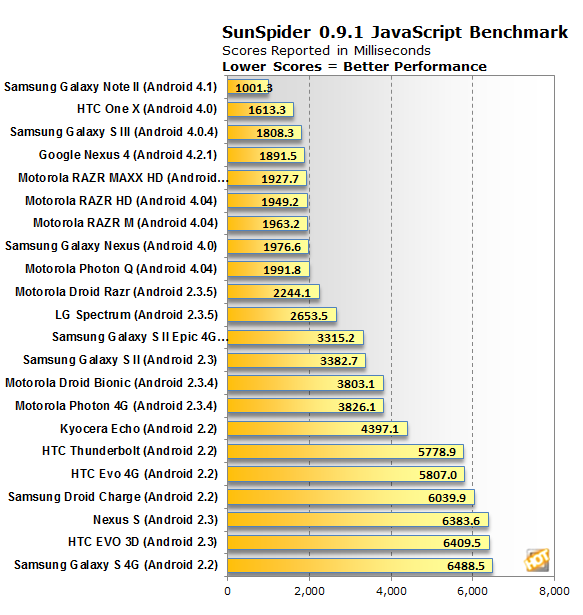Google Nexus 4 Android 4.2 Smartphone Review
Google Nexus 4 Review
With a single unbroken piece of Gorilla Glass up front, the Nexus 4 looks very clean and it offers a nice change from the buttons and branding you'll see on most other smartphones. It has a unique finish on the back side of its casing. The phone has a series of dots below the glass surface which reflect light randomly and displays a beautiful, sleek aesthetic. On the other hand, you do need to be mindful that there is an awful lot of glass all over the Nexus 4.
We had no issues with scratches or cracks, but it probably wouldn't take much of a drop to cause damage. At 9.1mm thick it's not the thinnest phone out there, but with soft touch plastic running around the edge, the phone feels good in the hand. It's slightly wider and shorter than most phones of this size which gives you a bit more width to the keyboard while still allowing you to watch full HD 720p videos. There's no MicroSD card slot, which is a bit of a disappointment, as the Nexus 4 is only available with 8GB and 16GB of storage. With a few high-end games and an HD movie or two, available space will go fast.
The Nexus 4 is launching with Android 4.2, which retains the Jelly Bean name but still gets some welcome improvements. The camera app has been totally redesigned with a much simpler interface that allows you to change settings by tapping then moving your finger over any of the options. It's a bit confusing at first but once you get the hang of it, it's a much faster way of doing things. You'll also find a new Gesture Keyboard that works like Swype and can speed up your typing, a Quick Settings menu to give you quick access to enable Wi-Fi, airplane mode, GPS and a redesigned lock screen. The new lock screen gives you quick access to the camera, as well as allowing you to add widgets to check things at a glance without unlocking your phone. As a relatively minor update to the OS, one of the more surprising things is just how fast the Nexus 4 is. No matter how fast you fly through the interface, you'll rarely, if ever, run into any lag or slowdowns.

Under the hood you'll find a Qualcomm Snapdragon S4 Pro quad-core processor clocked at 1.5GHz with Adreno 320 graphics and 2GB of RAM along with either 8GB or 16GB of storage and a 2100mAh battery.




 The Google Nexus 4 delivers excellent performance, the latest stock Android 4.2 OS and solid build quality, all at an unbeatable off-contract price. The lack of official LTE will be an issue for some people, but on the whole, the Nexus 4 stands among the best smartphones on the market right now.
The Google Nexus 4 delivers excellent performance, the latest stock Android 4.2 OS and solid build quality, all at an unbeatable off-contract price. The lack of official LTE will be an issue for some people, but on the whole, the Nexus 4 stands among the best smartphones on the market right now.
|
|
|
|
|










